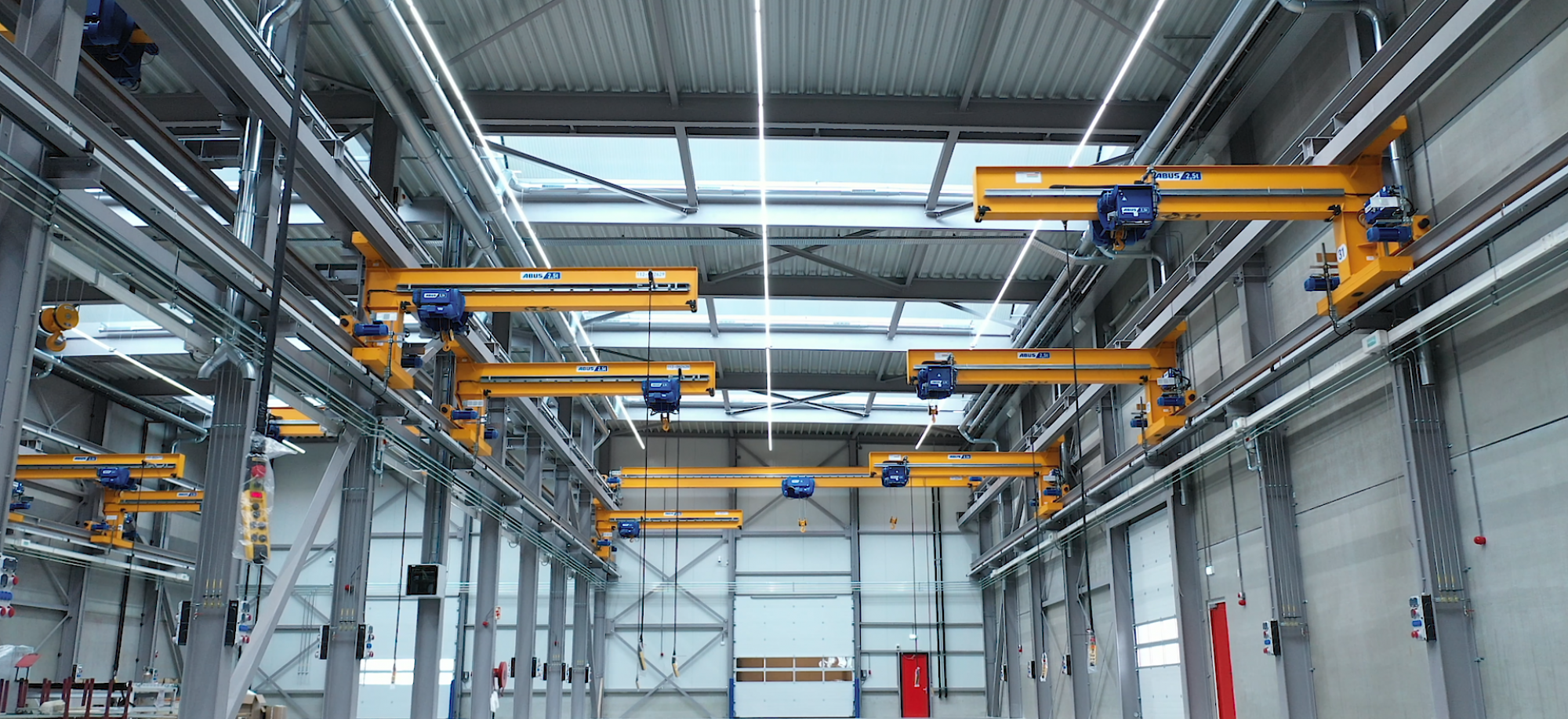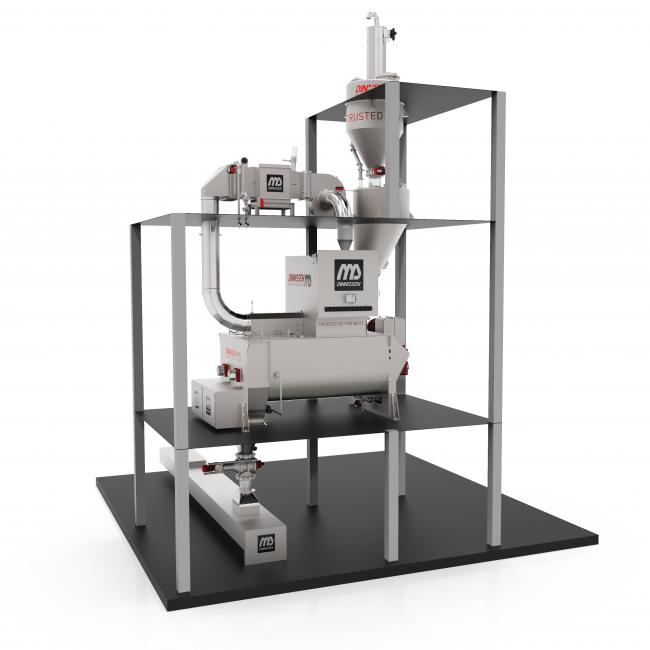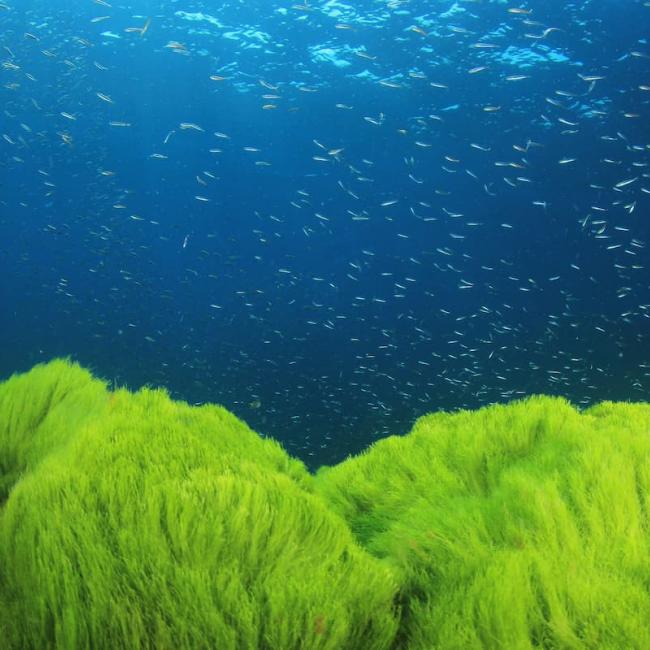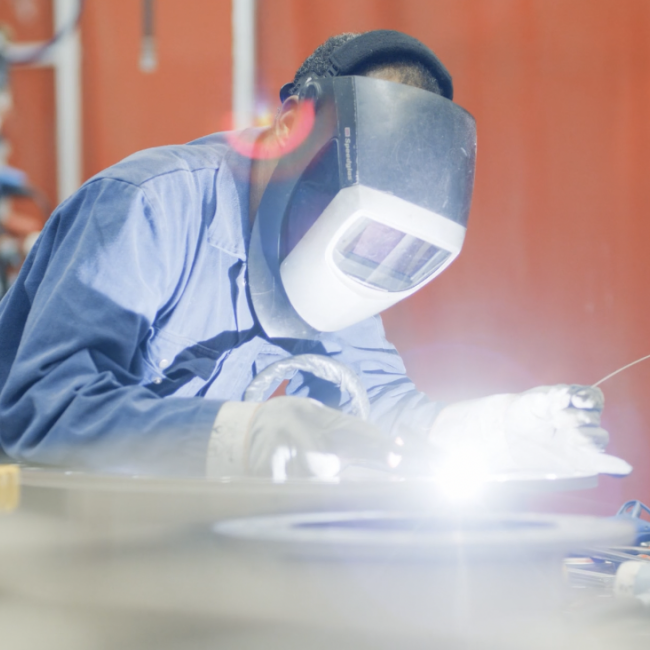Innovations in algae thermal processing
Innovations in algae thermal processing
Homogeneous cooling of algae oil, without causing de-mixing of the product, allowing for safe transportation of algae
In this article, Dinnissen Process Technology shares their insights on the thermal processing of algae and algal oil. In recent years, producers have faced challenges in safely transporting the thermally unstable algae and in cooling algal oil without causing de-mixing. An interesting read for producers interested in processing algae for their omega-3 fatty acids EPA and DHA. And for producers of food, feed, aquafeed and pet food who are looking for the best ways to cool their product homogeneously and efficiently. In this article you’ll read:
- Why large food producers are investing massively in algae production right now.
- How to cool algae while maintaining product homogeneity without de-mixing of product.
- How the combination of direct cooling with air on the product, and indirect cooling (with water on the system casing), results in extremely efficient heat transfer within a very compact processing unit.
- How differences in grain size do not matter when the product is gently mixed continuously during cooling, unlike conventional cooling methods using fluid beds.
- How mixing during cooling results in perfect homogeneous products.
- How Dinnissen solved their customer’s challenge:
- How to safely transport algae and cool algal oil without affecting its quality.

We are quite far ahead of the rest. This is not always easy, but it's always a nice challenge.

Why large food producers are investing massively in algae production right now
Many companies are actively seeking alternative sources of protein and micronutrients. Until recently, the omega-3 fatty acids EPA and DHA -nutritive additives for animal feed, aquafeed, petfood and food- were extracted exclusively from animal sources (e.g. fish oil). However, these sources are finite and thus unsustainable. Algae and algal oil offer a high-quality and sustainable alternative to these marine-based omega-3 fatty acids. Algae oil is rich in protein, in micronutrients, and in both EPA and DHA. In fact, algae are the original source of these long chain omega-3 fatty acids.
Algae is an informal term for a large and diverse group of organisms that live in water and have the ability to perform photosynthesis. They have the potential to become the next great source of protein in food, pet food, animal feed and aquafeed. Which is necessary, to meet the growing demand for healthy foods that contain EPA and DHA. DHA and EPA are important for heart, joint and eye health and improve cognition, mood, the immune system and brain development.
Dinnissen Process Technology's mission is to empower producers to create an efficient, reliable, and sustainable global food supply. Extracting omega-3 fatty acids (EPA and DHA) from algae is an important step in the transition from finite resources to more sustainable products that need less water and land and emit less carbon. 1 kilogram of algal oil is the equivalent of 60 kilograms of (caught) fish. With their expertise in thermal processing of algal oil, Dinnissen helps their customers develop and produce these sustainable products that improve the health of people, animals and the planet.
The customer’s challenge: How to safely transport algae and cool algal oil without affecting its quality
A world-leading company in lactic acids (and derivatives), emulsifiers, enzymes, minerals, vitamins and algae ingredients, challenged Dinnissen to come up with a way to homogeneously cool algae oil.
The problem is that when algae are stored, they begin to fester, and the algae become thermally unstable. As a result, self-combustion can occur. This makes it dangerous to transport them. This was also the problem of Dinnissen's customer, who had an algae production plant, but could not transport the algae. Therefore, they built a production line in which the algae are dissolved in oil. Dissolving algae in oil requires heat. The algae are heated and dried with roller dryers, after which it must be cooled again. Dinnissen's expertise was called upon for this process. After several test cycles in-house with pneumatic and mechanical conveying and cooling methods, Dinnissen found the solution: direct and indirect mechanical cooling inside their continuous mixing units.
How does the -direct and indirect- cooling process of algal oil work?
During the heating process the product absorbs a lot of heat. To homogeneously cool the algal oil without causing de-mixing of the product, an inventive cooling system was developed. A key element of this cooling process is that the product is gently mixed continuously during cooling. This results in a consistent, homogeneous output without segregation or decomposition of the product. Even when there are differences in (grain) size, the products are cooled homogeneously, thanks to the continuous mechanical mixing and cooling process. This is an advantage over cooling with conventional cooling methods using fluid beds, where differences in grain size lead to deviations in product temperature.
This cooling system combines indirect cooling with water on the system’s casing, with direct cooling on the product with air. In the direct cooling, a closed loop system is used that circulates the same air. Therefore, continuous conditioning of outside air is not needed. However, to prevent recontamination, it's critical that clean and conditioned air is used for cooling. To provide the required clean air for the drying process, a high-efficiency particulate air (HEPA) filtration system is used. This multi-stage -from coarse, to medium, to fine- and closed-loop filtration system guarantees that only clean air enters the mixer, and that it remains clean throughout the entire process.
This combination of direct and indirect cooling;
- results in extremely effective and efficient heat transfer;
- and allows for a very compact design of the processing unit.

A challenging project for a market leader in algal oil production
The client of this project is currently making great progress in their research to further develop the functionality, taste and nutritional profile of algae for use in different types of products. They have already demonstrated the value of algae in several high value food and feed applications. And now they are leading the industry in realizing new algae-based products.
After several attempts to solve their algae transportation problem, they were looking for a system integration partner with extensive experience in process innovation, new product development, and with the ability to organize everything, and quickly too. In Dinnissen, they found their seasoned, high-level systems integrator, who is always up for a challenge.
Dinnissen on processing algal oil and system integration
As a system integrator at heart, we think along the entire production line and integrate everything. We prefer to work with our own machines in all process steps from product intake to packaging, and from transport to automation. That said, we are also equipped with the know-how to integrate external machines and processes. For this customer, we were allowed to take care of the entire process starting with cooling: continuous cooling, homogenization, conveying, packaging, storage under nitrogen, and the complete cabling and control.
The customer needed to get the product to market quickly, so we placed our order very fast and only then started to study the process in more detail. We did tests with pneumatic conveying, but due to the high fat content that did not work out, so we switched to mechanical conveying with the cooling step in our continuous mixers. This approach produced the desired results and outcomes.
It was system integration of the highest level. We came up with fasttrack fluid solutions and placed the entire process line on skid frames on a boat. Of course, we carefully tested everything beforehand in our own test center in the Netherlands. But then we placed a fully wired process line on a boat. For the customer it was really plug and play.
Find out how Dinnissen how Dinnissen can improve your production process on www.dinnissen.com or reach out to Dinnissen’s algae processing expert Melvin van der Hilst directly

Company profile - Dinnissen Process Technology
With more than 70 years of experience with industrial processes, Dinnissen Process Technology is a leading specialist in the process technology of powders, particles, and granules. From product intake, conveying, and handling, feeding and weighing, mixing, milling, sifting and packaging. Dinnissen Process Technology optimizes the performance and efficiency of entire production processes with customized solutions. All developed, manufactured, and tested in-house.
Read more about process technology or get in touch with Dinnissen’s process experts:
Dinnissen BV (Kantor Pusat)
Horsterweg 66
NL-5975 NB Sevenum, The Netherlands